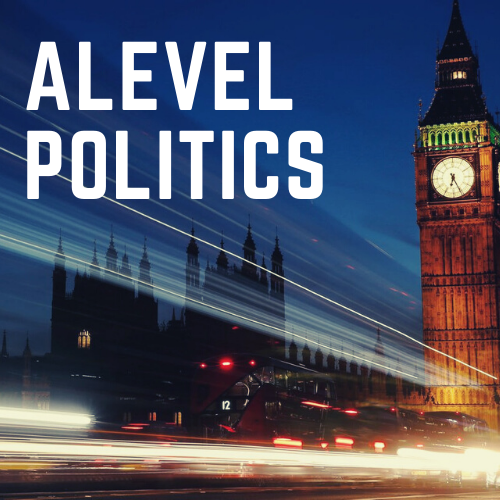Measuring child poverty
The issue of measuring poverty is a problem that both Coalition and Labour governments have struggled with in recent years. The annual Joseph Rowntree Foundation report released on the 24 November 2014 defines poverty in the terms of ‘relative income poverty’ where those earning less than 60% of the median national income are considered below the poverty line. New Labour agreed to this definition, with Labour setting targets to reduce those in relative poverty to 10% of the UK population. However, the Rowntree report explains how in 2007-08 ‘23% of the UK population was in poverty – 13.5 million people’ under the New Labour government. (Foundation, 2014) This shows how Labour struggled to deal with the question of measuring poverty. However, the Conservative Party have been keen to redefine how the government measures poverty.
The methods of measuring poverty under New Labour relied largely on the definition of relative poverty to measure all forms of poverty in the UK. Based on median UK income, relative poverty is a changing definition of poverty, as it ‘refers to a standard which is defined in terms of the society in which an individual lives and which therefore differs between countries and over time.’ (Palmer, 2014) This is not to be confused with the idea of ‘absolute poverty’ which defines the state of poverty usually in third world countries, where people earn less than $1/$2 per day.
Labour defined child poverty as when a child lived in a household which where adult incomes were 60% (or less) of median income. They had an ambitious target to eradicate child poverty (according to this definition) by 2020 and enshrined it in law. For Iain Duncan Smith this definition lead the Labour government to chase after a meaningless target by throwing £170 billion of tax credits at the problem, without solving the ‘root causes of the problem’, which are: entrenched worklessness, family breakdown, problem debt, drug and alcohol dependency. In a nutshell, the government wants to move away from a static arithmetic and see child poverty in wider terms, not just a result of income.The conservatives view that by encouraging people back into the job market, dealing with entrenched worklessness, rather than just solving the problem of poverty financially through benefits alone, helps to deal with child poverty. As yet they have not laid out any concrete redefinitions, however Labour have criticised the government for evading child poverty targets by changing widely recognised definitions. It is clear the 2020 target is not going to be met. Stewart Lansley writing for the PSE suggests the government knows it will miss the 2020 target and is working to dilute the definitions of relative poverty for ideological reasons. It wants to return to a absolute poverty definition.George AldersonAlso see Alan Garnham - Chief Executive of the Child Poverty Action Group (CPAG) - Why Iain Duncan Smith and George Osborne Are Wrong on Child Poverty
